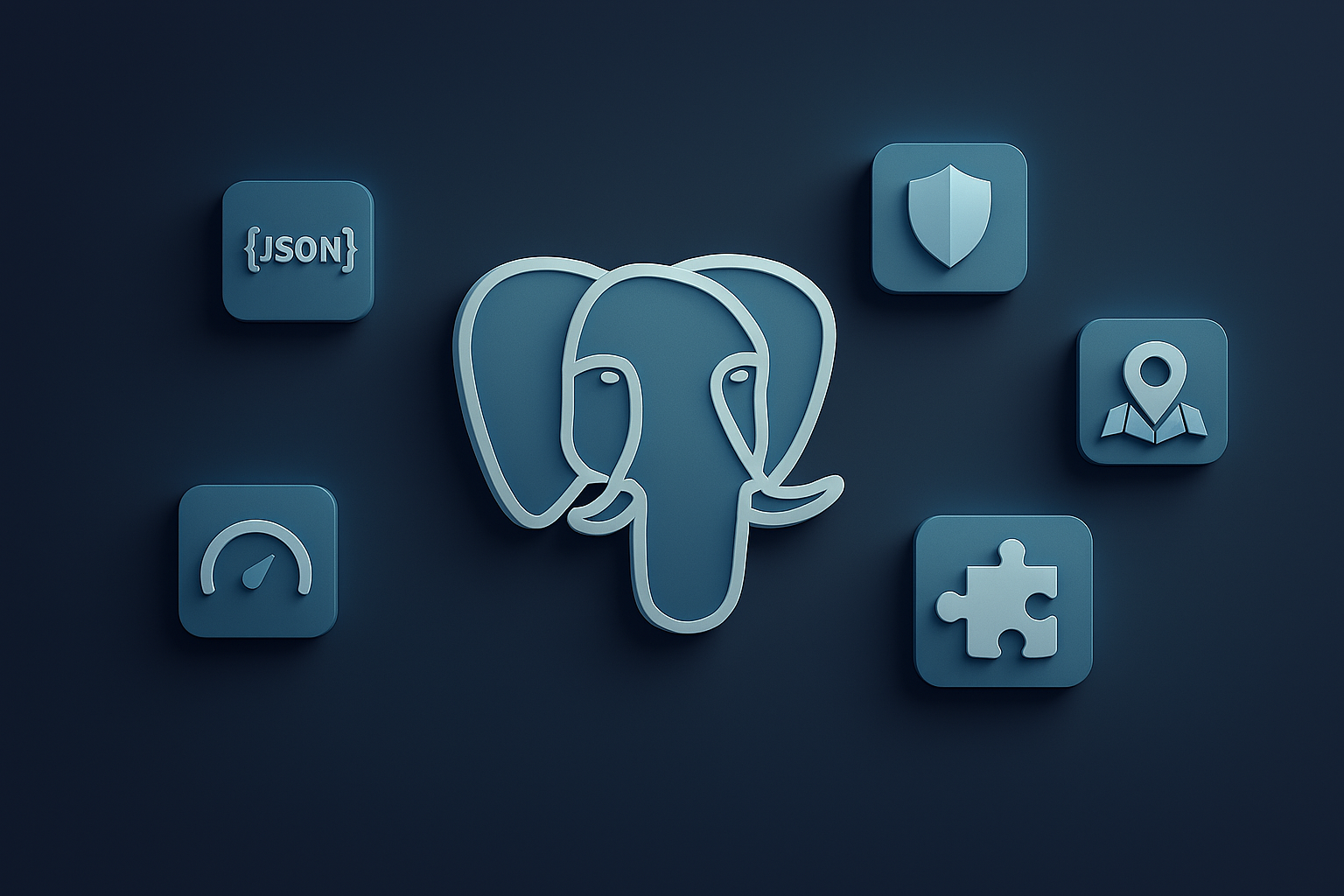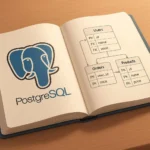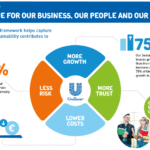As a favored open-source relational database, PostgreSQL continues to rule—and for good reason. For programmers creating contemporary applications, its great community support, extendibility, and strong features offer it a go-to. Whether you are developing a major enterprise system or a modest project, PostgreSQL provides instruments that streamline complicated operations and improve performance.
This post examines the top PostgreSQL characteristics developers adore in 2025—and why you just could love them too.
1. JSONB Assistance for Flexible Data Storage
The PostgreSQL JSONB (JSON Binary) data type lets you store and quickly query JSON documents. JSONB is great for semi-structured data since it allows schema-less data storage unlike conventional relational columns.
Why developers are crazy about it:
- Gives the advantages of both relational and document-oriented database.
- Provides quick querying indexing assistance.
- Ideal for NoSQL-like flexibility and working with APIs.
2. Advanced Indexing Strategies
PostgreSQL provides a number of indexing methods to help one to get the most out of queries:
Developers adore it since it provides faster questions without application rewriting.Range search defaults index is the B-tree. G IN—generalised inverted index—is great for indexing array or JSONB content. BRIN, which stands for block range index, is effective for very huge sorted data tables.
Geometric as well as suitable for full-text search results.
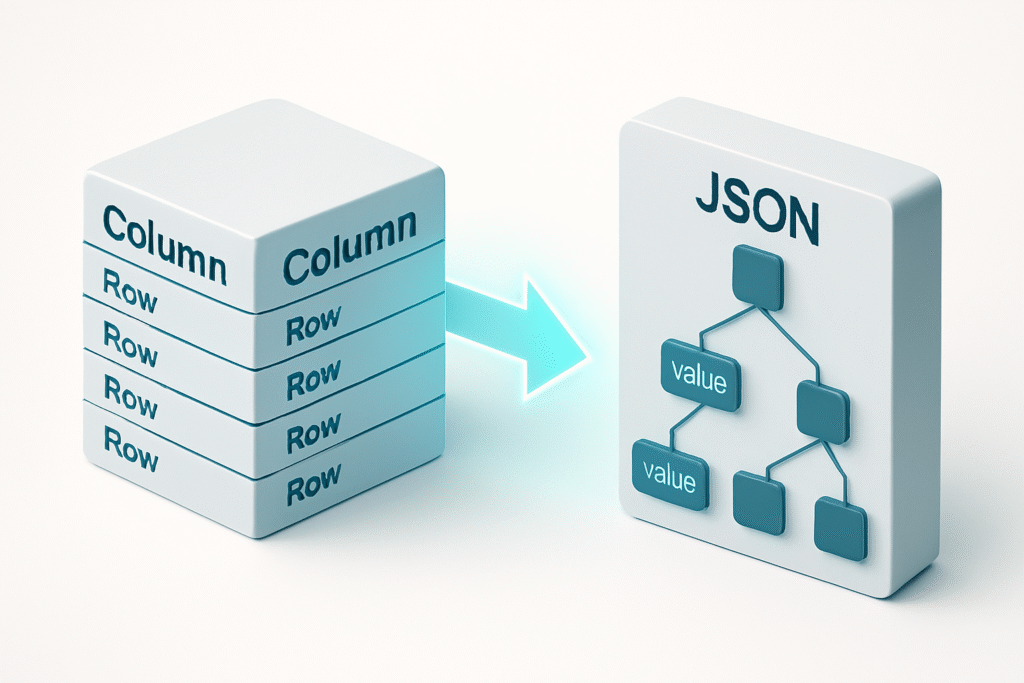
3. Partitions of Tables
Declarative table partitioning makes managing of big datasets simpler. Based on vital values such date ranges, you can divide a big table into smaller, more easy chunks (partitions).
Why developers have come to adore it:
- Increases query performance on big tables.
- Streamlines archiving and data management.
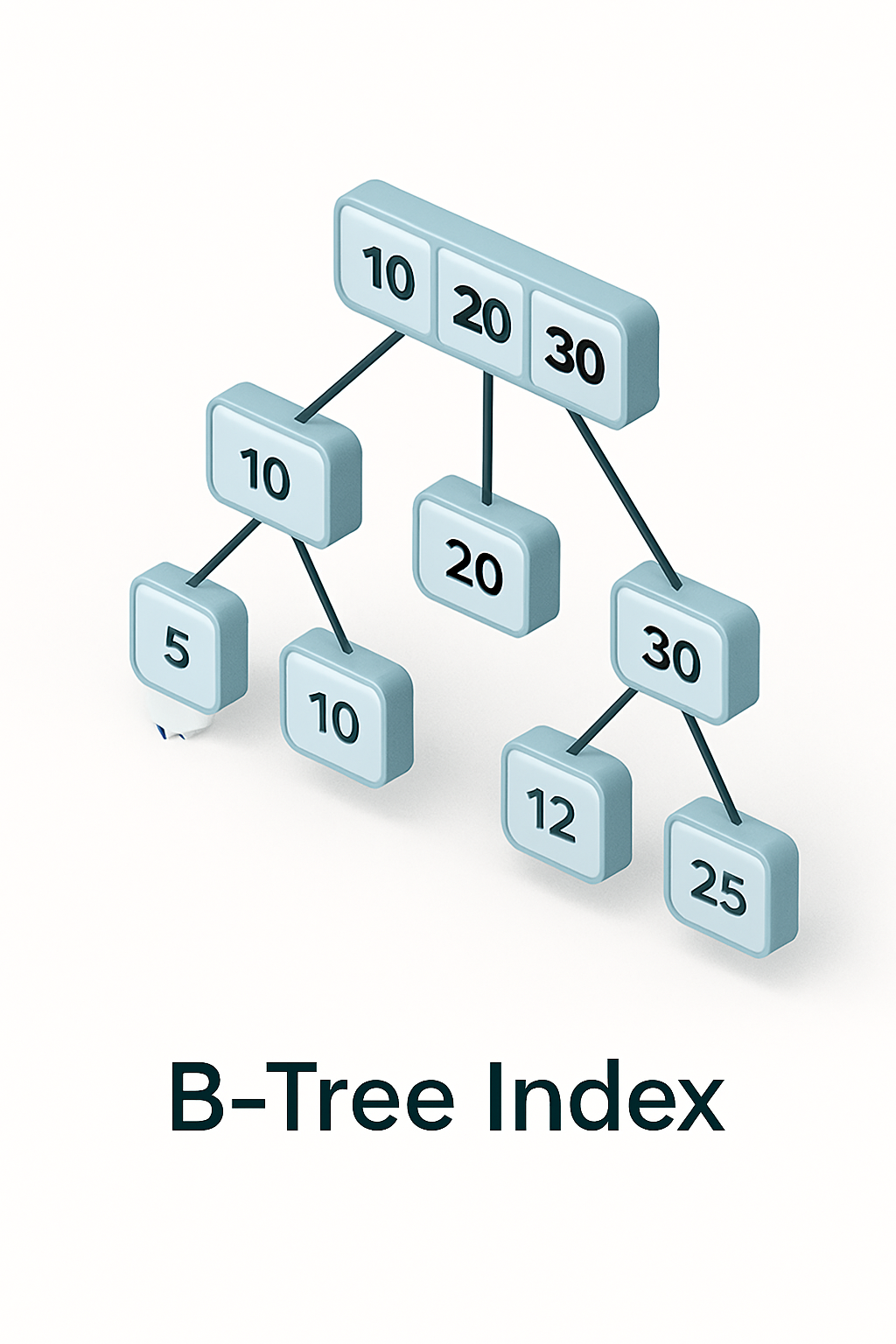
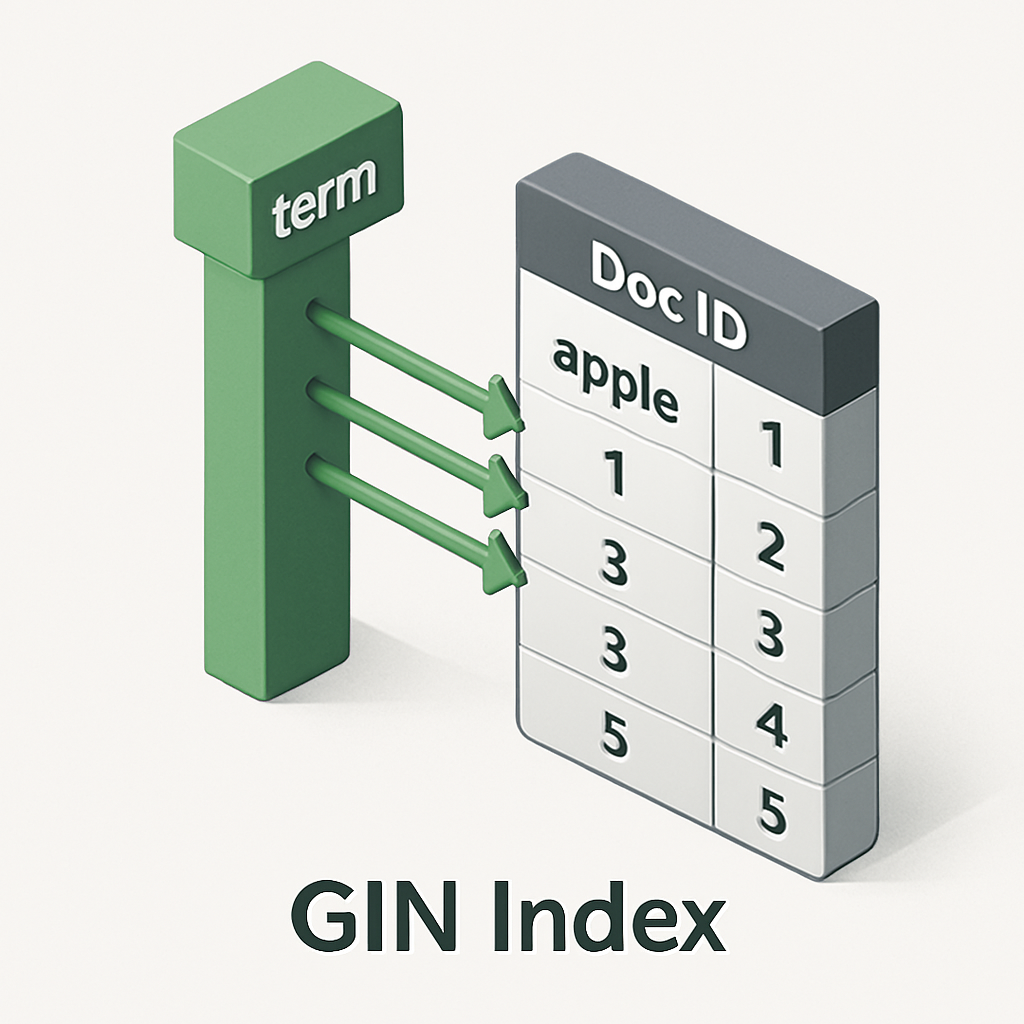
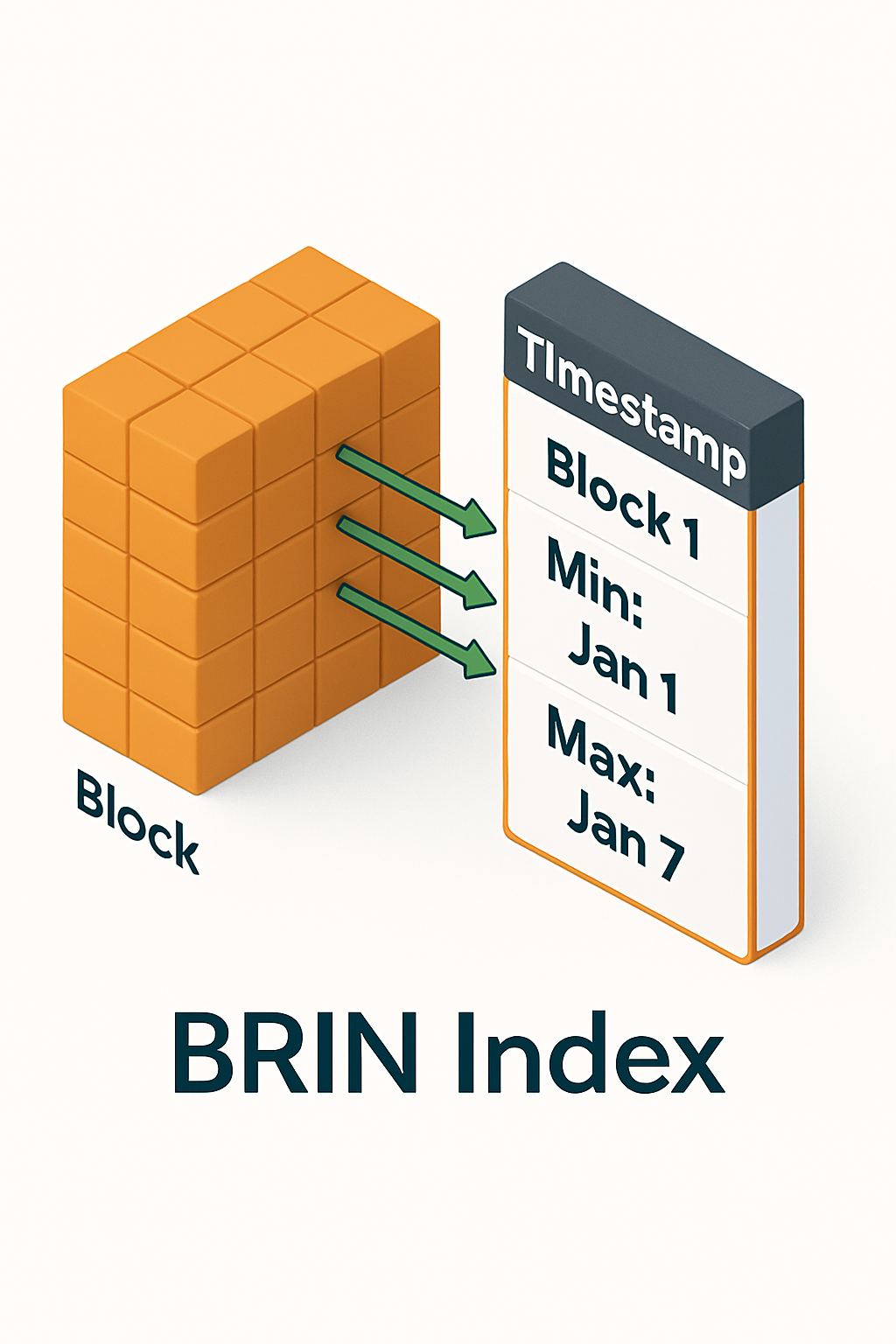
4. Full-Text Search
Built-in full-text search features in PostgreSQL let you do complex text searches without using external tools such Elasticsearch for simple applications.
Developers love it for this reason:
- There are no other expenses or services needed.
- Support for several languages, ranking, and stemming.

5. Geospatial Support with PostGIS
By adding geographic object support to PostgreSQL, PostGIS transforms it into a spatial database. For programs using geographic information systems (GIS), maps, and location-based services, this is priceless.
Developers enjoy it because it lets you do database location inquiries immediately.

6. Concurrency Control with MVCC
Multi-Version Concurrency Control (MVCC) lets many readers and writers simultaneously access the database without blocking one another. This guarantees dependable and high performance under severe loads.
Developers love it since non-blocking reads and writes improve program response.
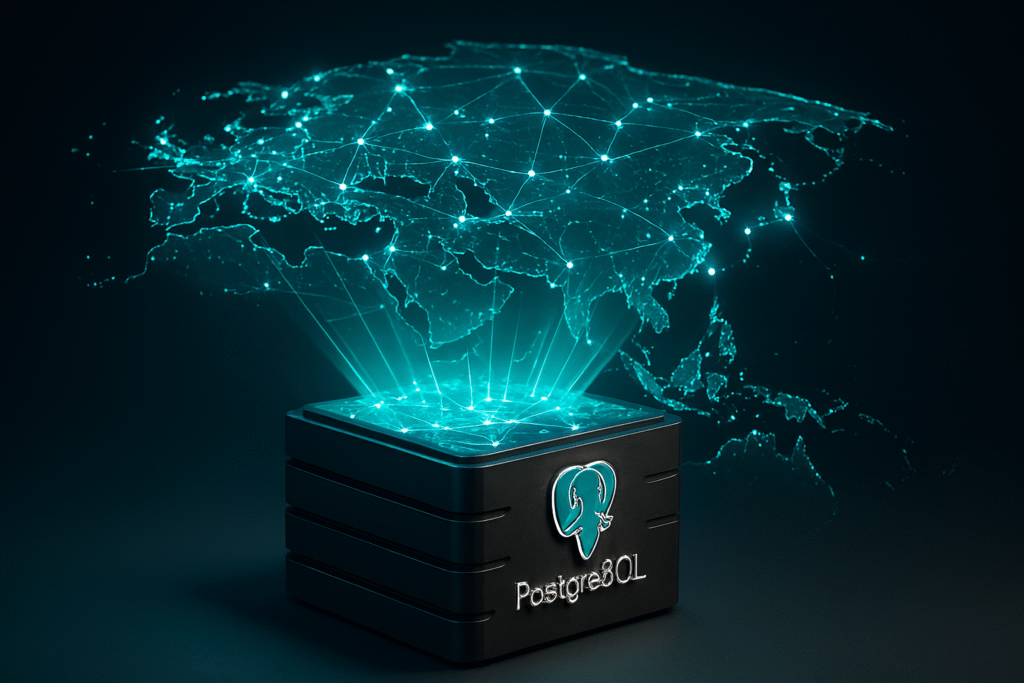
7. Extensibility
Custom extensions, foreign data wrappers, and even new programming languages for stored procedures (e.g., PL/Python, PL/R) let you expand Postgres’s capabilities.
Developers like it because you may customize the database to fit your particular needs.

8. Security Features
Among PostgreSQL’s strong security features are:
- Original SSL capability for connections that have been encrypted.
- Row-Level Security (RLS) for fine-grained data access management.
- Role-based identification and authorization.
Built-in security reduces weaknesses, hence developers adore it.minimizes vulnerabilities.
9. Community and Documentation
Boasting one of the most engaged and helpful open-source communities is PostgreSQL. Whether you are new to coding or an expert, there are thorough documentation, tutorials, and forums to assist you in problem solving and education.
Developers like it because assistance is always available, so you are never alone.
10. Regular Updates and Performance Improvements
Regular updates including performance improvements, new features, and security fixes are made available by the PostgreSQL Global Development Group. This guarantees the reliability and cutting edge of the database.
Developers love it because the database changes to meet current development requirements.
Final Thoughts
For developers in 2025, PostgreSQL stands out for its great feature set, performance, and adaptability. Whether you’re developing a complicated data-intensive system or a basic web application, PostgreSQL offers the tools you need to flourish.
Tell us in the comments below if you are using PostgreSQL in your projects and what your preferred feature is.


